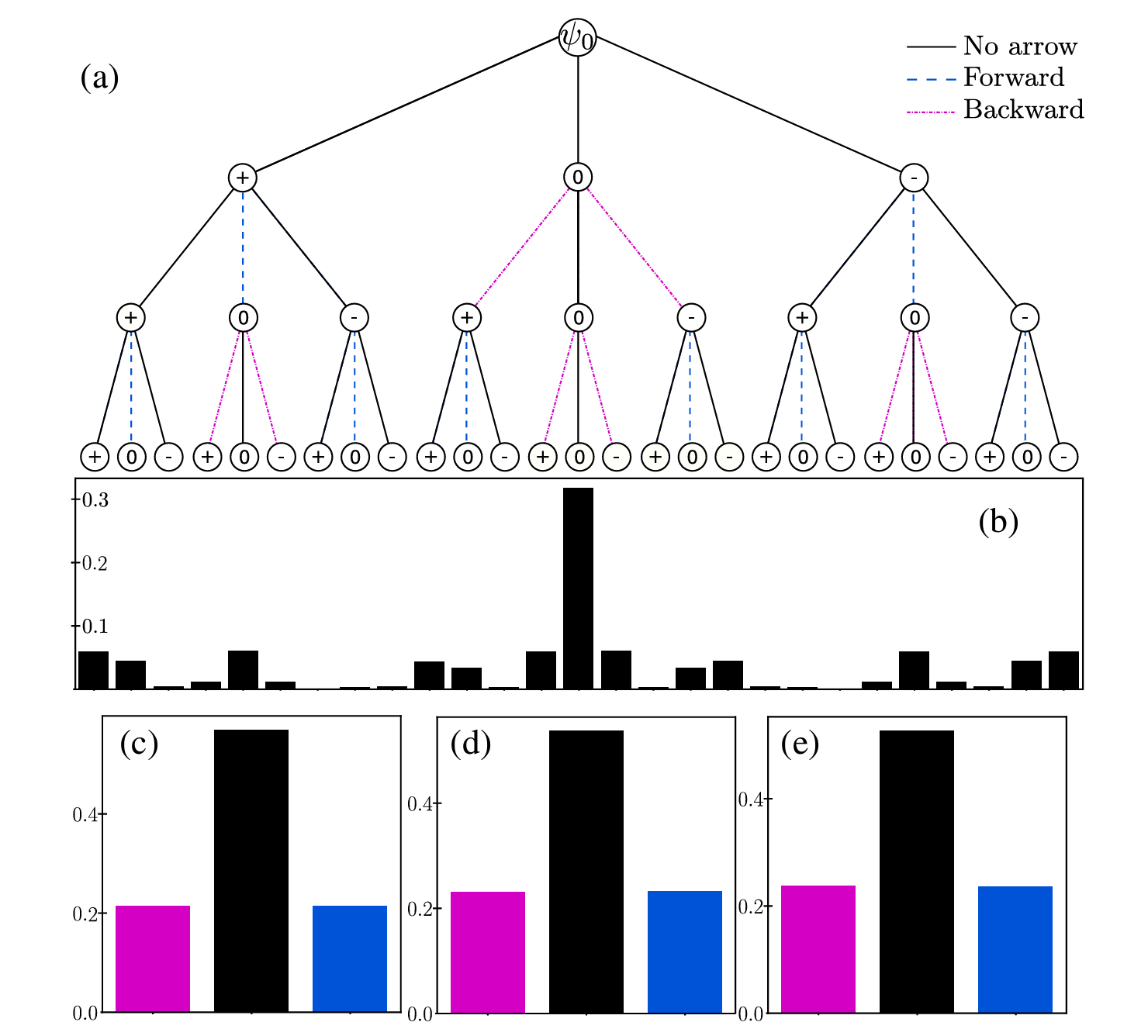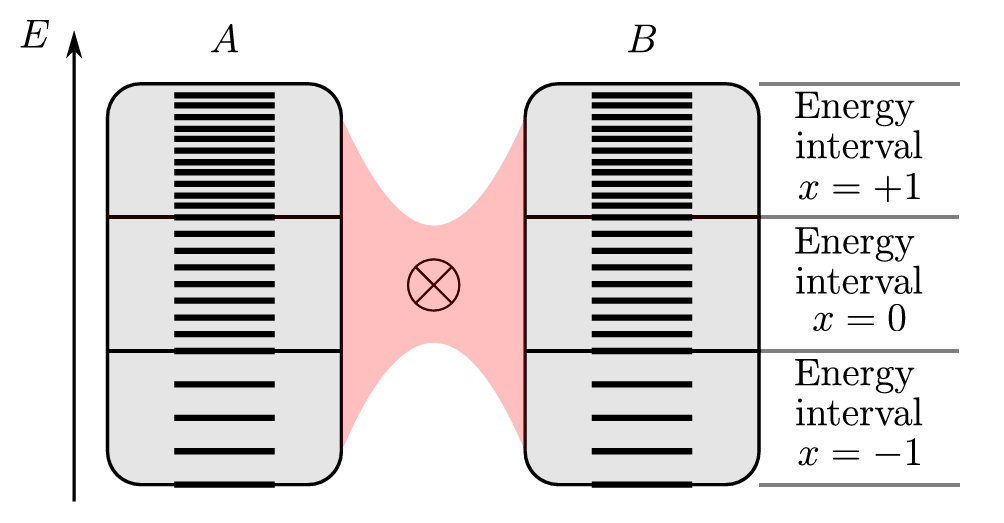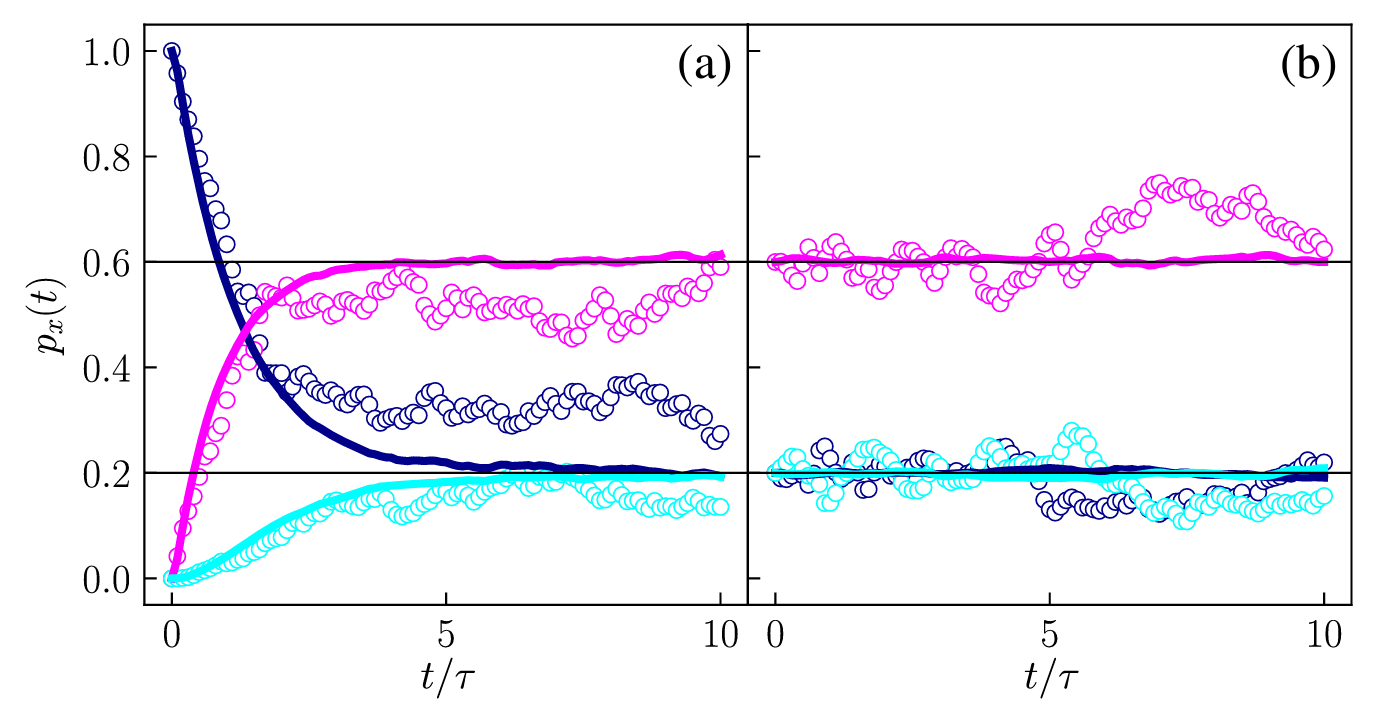The universe is a fascinating tapestry of possibilities, woven from the threads of quantum mechanics. Among the most provocative ideas emerging from this field is the many-worlds interpretation (MWI), which suggests that countless parallel universes exist simultaneously, each representing a distinct reality. Despite its scientific roots, this theory has captivated researchers, inspired popular science narratives, and fueled pop culture debates.
Central to the MWI is the principle of unitary evolution, which assumes that all quantum events unfold without external influences. While this premise offers a streamlined explanation for quantum mechanics, it introduces a radical implication: the universe—or multiverse—splits into parallel branches with every quantum decision.
These branches are not separated by space or time but coexist in the same spacetime location. This concept stands in stark contrast to other multiverse theories, such as those involving inflationary bubbles or string theory landscapes, which propose universes that are spatially or temporally distinct.
A major challenge for the MWI lies in reconciling its predictions with our perception of a singular, classical reality. Schrödinger’s equation, when applied to the entire universe, predicts superpositions that proliferate endlessly. These superpositions split the wave function into multiple universes or “histories,” each evolving independently.

However, without a clear basis to define these splits, the theory struggles to explain how a coherent classical reality emerges from this quantum chaos. As physicist Niels Bohr emphasized during his debates with Einstein, properties in a superposition remain indeterminate without measurement.
To address this issue, researchers have sought to identify structures within the MWI that justify classical experiences. Recent work by theoretical physicists at the Autonomous University of Barcelona has shed light on this problem.
They propose that the entanglement of particles within an isolated quantum system can suppress quantum effects, leading to the emergence of classical states. Their numerical simulations demonstrate that as particle interactions increase, quantum possibilities are exponentially suppressed, leaving only a single, observable reality.
Erwin Schrödinger’s famous thought experiment remains a cornerstone of discussions on quantum mechanics. The paradox of a cat that is simultaneously alive and dead, trapped in a superposition until observed, highlights the unresolved tension between quantum uncertainty and classical determinism.
Related Stories
While the MWI offers a framework for understanding this paradox, it also raises questions about the nature of observation and reality.
The Barcelona team’s findings provide a fresh perspective on Schrödinger’s cat. By applying first principles, they show that the complex interactions within the environment—from the box containing the cat to the universe beyond—overwhelmingly favor the selection of a single state. As the researchers explain, “Since objects of daily life contain a huge number of particles, this explains why the multiverse is not directly perceptible to us.”
In their model, quantum randomness is gradually suppressed as the system evolves, allowing only one outcome to dominate. For instance, the cat’s state—alive or dead—becomes fixed due to the sheer scale of entanglements between particles.
This process does not rely on external noise or environmental decoherence, which are often invoked in traditional explanations. Instead, it highlights the role of “slow and coarse observables” within isolated, nonintegrable systems. These observables—quantities that change slowly over time—act as stabilizing factors, anchoring the system to a classical trajectory.

Decoherence is a key concept in understanding how quantum systems transition to classical behavior. It describes the process by which quantum superpositions lose coherence due to interactions with their surroundings.
However, the Barcelona researchers argue that decoherence alone does not fully account for the emergence of classicality within the MWI. Their work focuses on the decoherence functional, a mathematical tool used to evaluate the consistency of quantum histories.
Using this framework, the team demonstrated that classical states arise naturally in systems characterized by nonintegrability—a property where dynamic behavior follows random matrix theory.
This approach builds on the ideas of physicist Nico van Kampen, who emphasized the importance of slow, coarse observables in the quantum-to-classical transition. Although Van Kampen’s work initially received little attention, recent advances have provided rigorous evidence supporting his insights.

The researchers’ simulations explored systems with varying particle numbers and dimensions, revealing that quantum effects diminish exponentially as the number of particles increases. This finding suggests that classicality is not an exceptional phenomenon but a universal feature of large quantum systems.
Moreover, their results indicate that almost any initial wave function can give rise to meaningful classical universes, challenging the notion that specific conditions are required for classicality to emerge.
While the Barcelona team’s findings offer valuable insights, they also highlight the limitations of the MWI. The theory assumes that all universes behave similarly, but it does not account for the complexities of general relativity or the potential influence of quantum randomness on macroscopic scales.
For instance, it remains conceivable that certain entangled states could produce mixed outcomes, such as a superposition of alive and dead cats.
Additionally, the concept of an “arrow of time”—a directionality that distinguishes past from future—is not inherently tied to wave function branching. The MWI describes a multiverse where time symmetry could allow for retrocausal effects, further complicating the interpretation of classicality.
Despite these challenges, the MWI provides a compelling framework for exploring the nature of reality. By emphasizing the role of entanglement and nonintegrability, the Barcelona researchers have advanced our understanding of how classical states emerge from quantum mechanics. Their work underscores the richness of quantum theory and its potential to reshape our perception of the universe.
As Schrödinger’s cat continues to captivate physicists and philosophers alike, it serves as a powerful metaphor for the field’s enduring mysteries. The cat’s paradoxical state symbolizes the unresolved tensions within quantum mechanics, offering a glimpse into a multiverse teeming with possibility.
While we may never fully perceive the quantum multiverse, ongoing research brings us closer to unraveling its secrets, one branch at a time.
Note: Materials provided above by The Brighter Side of News. Content may be edited for style and length.
Like these kind of feel good stories? Get The Brighter Side of News’ newsletter.
The post Schrödinger’s cat theory may prove that the multiverse exists appeared first on The Brighter Side of News.